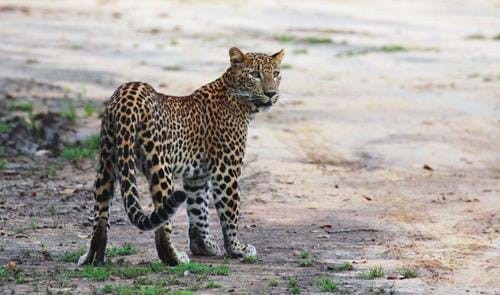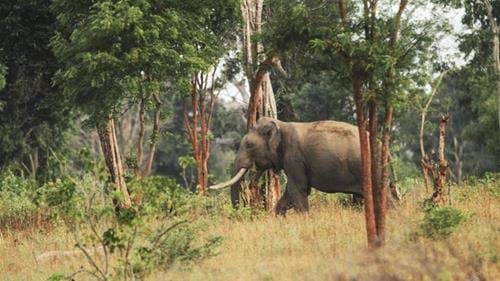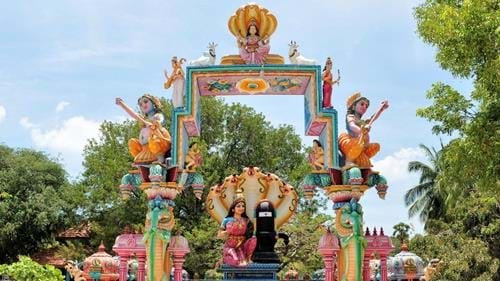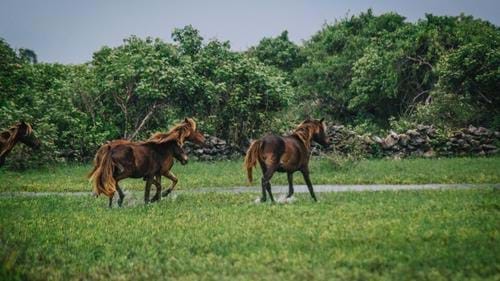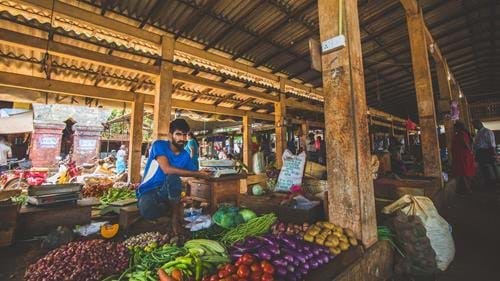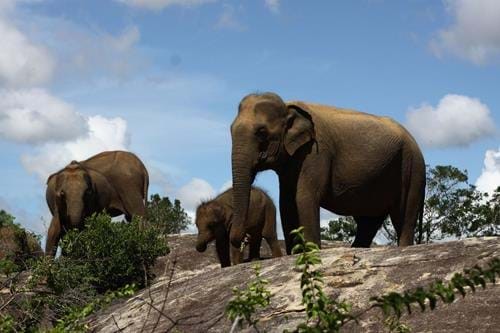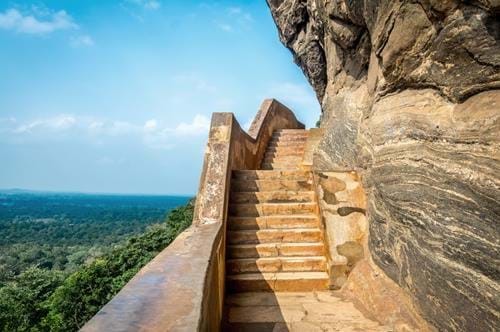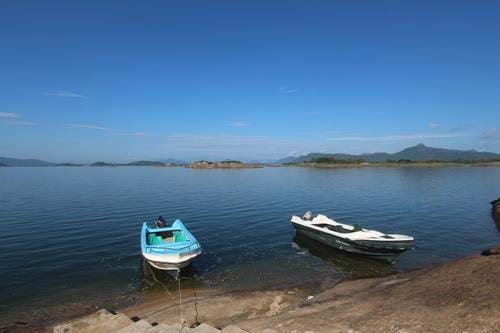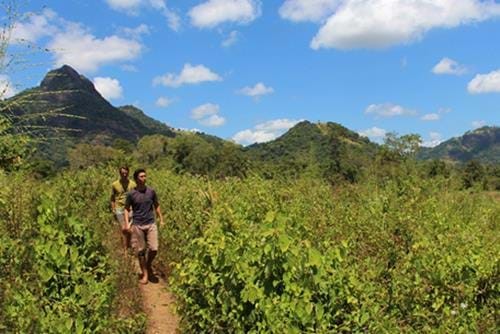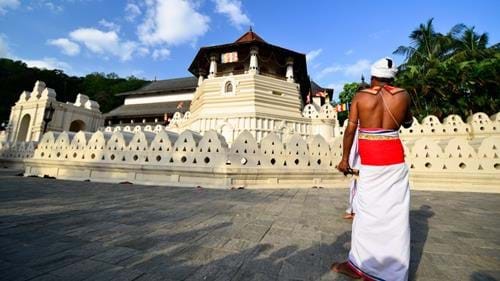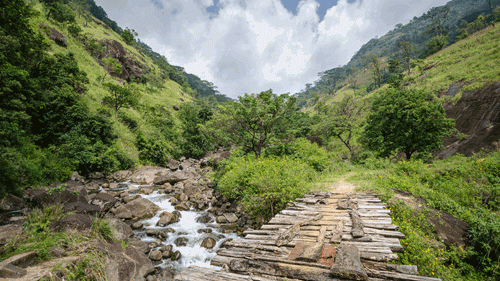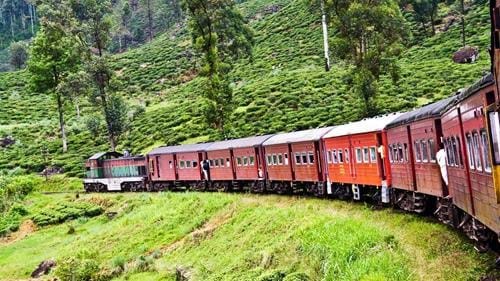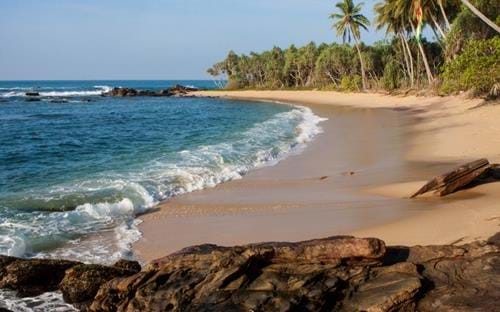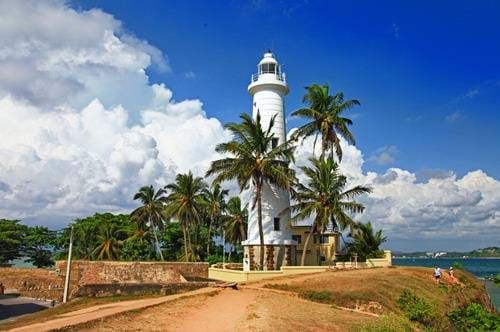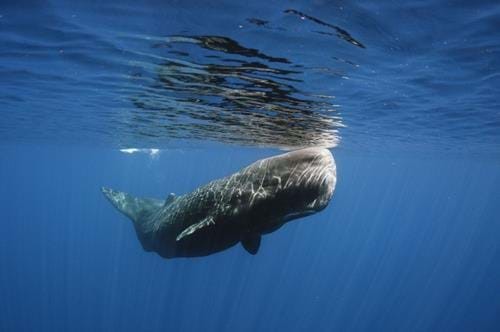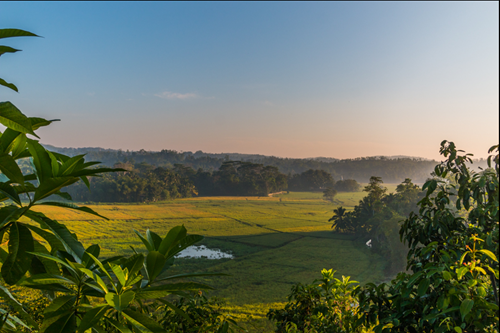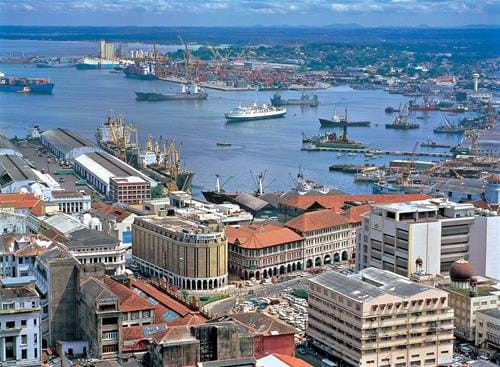Tailor-Made Tour
- Duration21 Days
- Flights IncludedYes
- Prices From £ 4995
 Places Visited :
Colombo, Wilpattu National Park, Jaffna, Habarana, Sigiriya, Anuradhapura, Gal Oya, Kandy, Nuwara Eliya, Mirissa, Galle
Places Visited :
Colombo, Wilpattu National Park, Jaffna, Habarana, Sigiriya, Anuradhapura, Gal Oya, Kandy, Nuwara Eliya, Mirissa, Galle
If you have time for a three week holiday to Sri Lanka and wish to see as much of the island as possible with a break on the beach at the end, this varied itinerary will serve as a useful template. It includes our current favourite resorts, wildlife parks, highland hideaways and off-track gems, as well as the pick of the sights in the Cultural Triangle, stitched together into a seamless trip of 21 days. You’ll get to spend time exploring the colonial backstreets of Galle and Colombo, as well as some far-flung coral islets off the Jaffna Peninsula and little explored corners of the Knuckles Range, with a spell at a gorgeous boutique hotel slap on a beach backed by coconut palms before you head for home.
Throughout the trip the choice of hotels is excellent, offering superlative comfort in prime locations, and at un-beatable prices. In short, this is our benchmark tour of Sri Lanka – a ‘best-of-everything’ trip gathering together the pick of experiences and destinations across Sri Lanka.
Remember, this trip can be personalised to suit your travel needs - we can tailor everything from hotel, travel type, duration and more.

